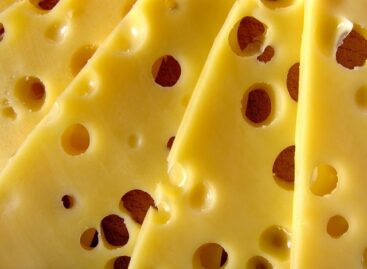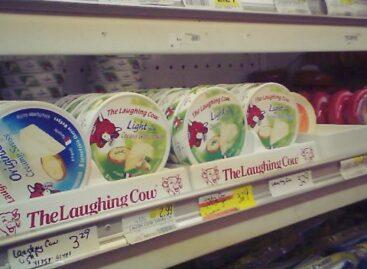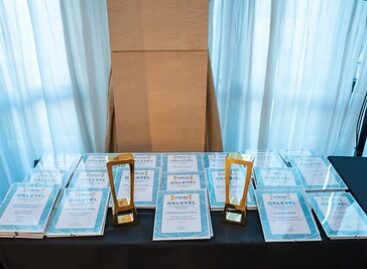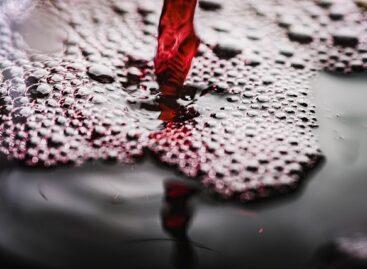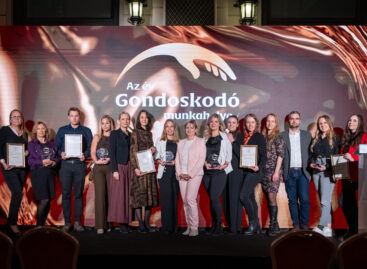Trappist is still strong
Cheese sales had retained their momentum in 2021, but 2022 broke this to a certain extent.

Balázs Hunya
senior brand manager
Sole-Mizo
Balázs Hunya, Sole-Mizo Zrt.’s senior brand manager: “Inflation and economic difficulties have their effect felt in the cheese category. As cheese prices are going up, volume sales keep decreasing.” In Sole-Mizo’s portfolio we can find E- and lactose-free products too. This year’s biggest challenges for the company are preserving product quality, freshness and availability.
Medium-priced cheese will suffer the most
A fogyasztók egy része az árrobbanásnak és anyagi lehetőségeik beszűkülése következtében jelentősen visszafogja majd sajtfogyasztását, a kereslet csökkenni fog, jósolja Gábossy Ádám, Szega Camembert Kft. ügyvezetője, aki hozzáteszi:

Ádám Gábossy
managing director
Szega Camembert
A large part of consumers are very likely to buy less cheese, because of their lower income and the increasing product prices. Ádám Gábossy, Szega Camembert Kft.’s managing director: “The market is still centred around Trappist products, as in the first-price segment of the semi-hard cheese category there are fewer imported products now, due to the Europe-wide milk shortage. Just like during the previous economic recession, medium-priced products will suffer the biggest sales loss, as many shoppers will downtrade.”
Innovation can’t stop

András Lengyel
managing director
ERU Food Trading
ERU Food Trading Kft. is present in the market with Camping cheese products. Consumer demand is on the rise for the company’s lactose-free cheeses. Managing director András Lengyel: “We are working on numerous new innovations, which will hit the shops in the near future. Some of them will be new flavours, while others will focus on the current conscious diet trend.” //
Stronger positions for manufacturer brands
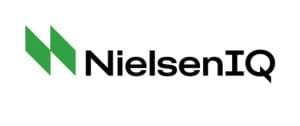

Guest writer:
Nóra Gubek
market research consultant
NielsenIQ
Cheese is the third biggest food category from the 97 audited by NielsenIQ. In the June 2021-May 2022 period Hungarians spent nearly HUF 147bn on cheese. Although value sales jumped 6%, volume sales dropped 5% and were at 61,000 tonnes. 60% of cheese sales were realised in stores with a floor space of 401-2,500m². Manufacturer brands strengthened their positions, as their value sales augmented by 9% and they had a 52% market share. Trappist cheese has remained the most popular: this variety had a 36% share in value sales. Processed cheese varieties and mozzarella also sold well, with a 10% and a 6% share in sales, respectively. Cheese blocks realised the biggest value sales, as they made up for almost 40% of category sales. Whole cheese had a 25% share in sales and sliced cheese represented 16% of sales in the examined period. //
This article is available for reading on pp 103-104 of Trade magazin 2022.08-09.
Related news
Cheese prices may rise: semi-hard varieties are exempt from margin restrictions
🎧 Hallgasd a cikket: Lejátszás Szünet Folytatás Leállítás Nyelv: Auto…
Read more >Bel to invest in The Laughing Cow production in Spain
🎧 Hallgasd a cikket: Lejátszás Szünet Folytatás Leállítás Nyelv: Auto…
Read more >Records and innovations
🎧 Hallgasd a cikket: Lejátszás Szünet Folytatás Leállítás Nyelv: Auto…
Read more >Related news
Recent research: Hungarians believe these are essential parts of Christmas
🎧 Hallgasd a cikket: Lejátszás Szünet Folytatás Leállítás Nyelv: Auto…
Read more >More than 5 million forints donated as a result of the charity wine auction
🎧 Hallgasd a cikket: Lejátszás Szünet Folytatás Leállítás Nyelv: Auto…
Read more >Lidl, Novartis and HungaroControl are also among the best places to work
🎧 Hallgasd a cikket: Lejátszás Szünet Folytatás Leállítás Nyelv: Auto…
Read more >
